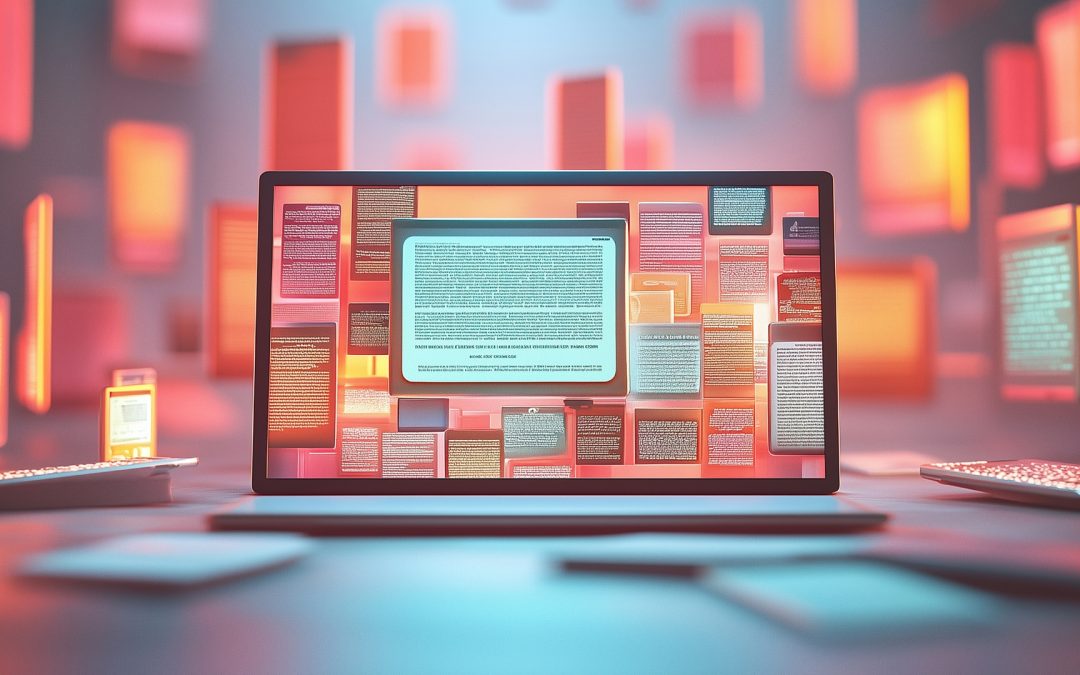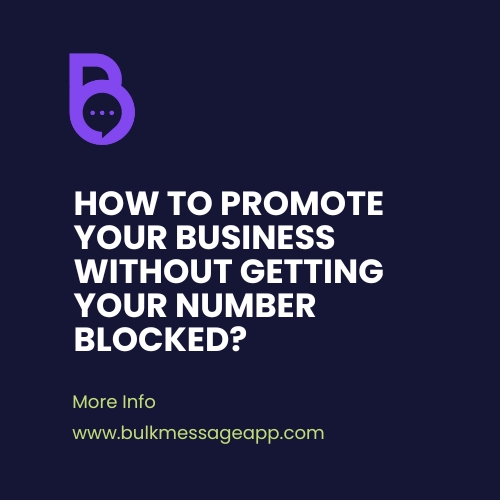In the age of “content everywhere,” digital content overload is no longer a buzzword—it’s a reality reshaping how we create, consume, and connect. Platforms like LinkedIn, YouTube, and Instagram each present distinct ecosystems, forcing creators to adapt and audiences to cope.
Let’s unpack the dynamics and implications.
LinkedIn: Quality Over Quantity
LinkedIn remains a platform of intention, not endless scrolls. Despite over a billion registered users, only about 1% post weekly, giving thoughtful content a rare chance to shine. LinkedIn users engage with content to stay informed (78%) and spark fresh ideas (73%). Video posts yield five times more engagement, and Live streams deliver up to 24× more comments compared to static updates. In short: focused, professional content wins here, even in a crowded digital marketplace.
YouTube: The Colossal Stream
YouTube’s scale is staggering. Over 500 hours of video are uploaded every minute—around 12,000 hours per day—and users consume more than one billion hours daily. Viewing increasingly shifts to TVs, with longer-form content (20–30 minutes or more) becoming the norm thetimes.co.uk+1en.wikipedia.orginvestors.com. Creators adapt by packaging high-quality, binge-worthy videos that mirror TV content, often unlocking greater ad revenue in the process. The challenge? Standing out when the stream never stops.
Instagram: Visually Rich, Attention Thin
With roughly 2 billion monthly users and a strong role in e-commerce, Instagram thrives on visual storytelling. Yet engagement is slipping—declining around 28% year-over-year—as feeds become saturated and attention frays. The takeaway: on Instagram, powerful visuals and concise messaging matter more than volume.
The Real Question: Are Audiences Reading, Watching… or Withdrawing?
The answer is complicated. People are consuming massive amounts of content—video accounts for nearly 92% of internet users weekly, and the average person spends over 8 hours daily with media, largely video-driven twicsy.com+1. Yet information overload and media fatigue are real and growing. Psychological research warns that too much input diminishes decision-making, attention, and emotional well-being en.wikipedia.org+2en.wikipedia.org+2. Increasingly, people are choosing when, where, and how—or whether—they engage.
Conclusion: Signal Over Noise
Today, we live in a time of digital content overload. Success is not about posting too much, but about sharing the right kind of content. Brands and creators who give clear, useful, and focused messages stand out from the noise. Whether it’s LinkedIn for insights, YouTube for stories, or Instagram for visuals—quality matters more than quantity.
With so much digital content overload, people quickly lose interest in content that feels repetitive or irrelevant. What they want is value—content that helps, inspires, or entertains them. Brands that respect this will build stronger trust and real connections.
The best way forward is to focus on clarity and meaning. To beat digital content overload, creators need to share content that is simple, thoughtful, and human. This approach cuts through the noise and makes a lasting impact on the audience.
Want to dig deeper or need help simplifying your digital strategy? Visit our website to book a free appointment. (internal link opens in the same window: https://webdudes.in)
External resource: For a compelling look at how digital overload impacts mental health, watch this video: “Information Overload Is Killing Us” (opens in a new window) youtube.com


